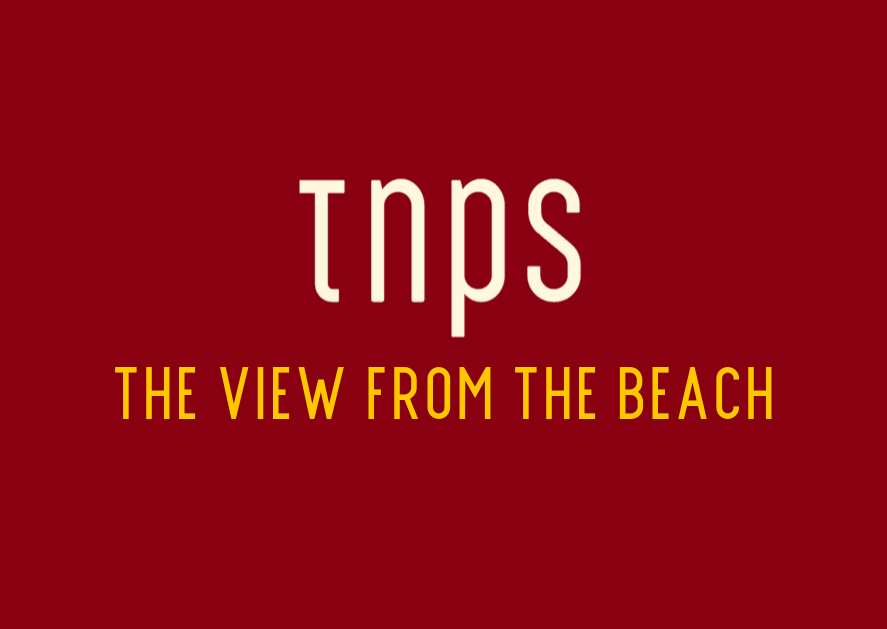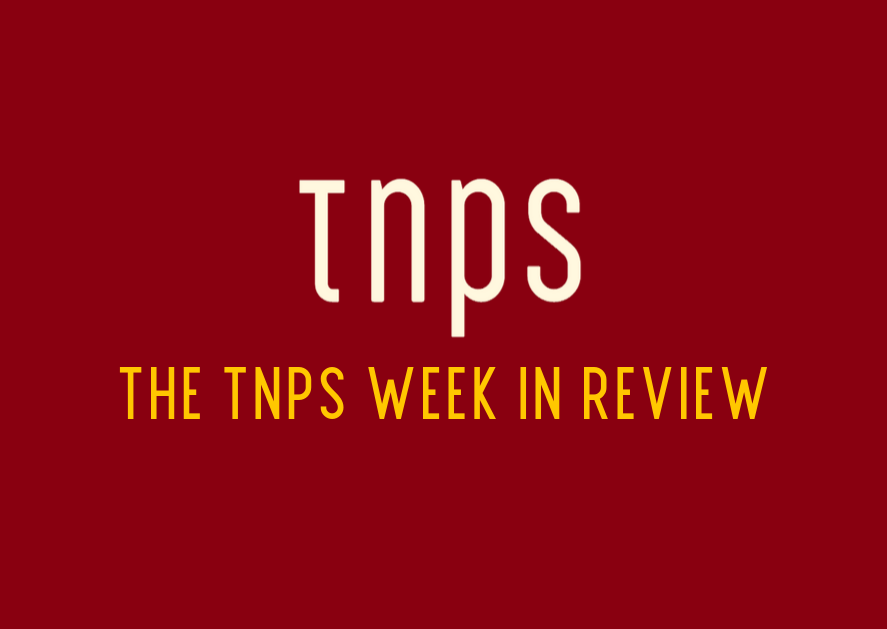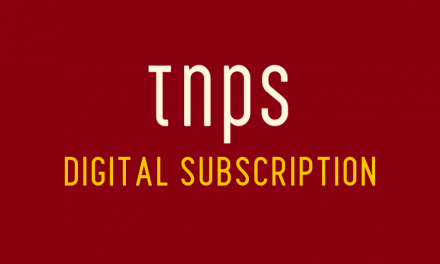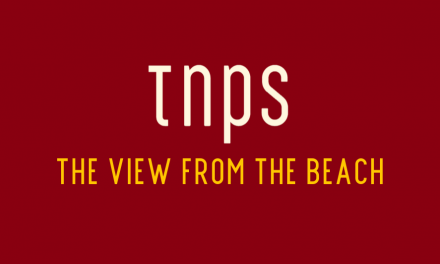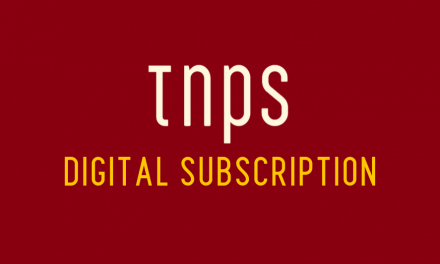The transition from retail to subscription is now inexorable and inevitable. The challenge for the industry is no longer how to resist, but how to efficiently manage that transition and reap the rewards.
Barely two weeks after Warner Bros. bowed to the inevitable and elected to send all its 2021 content direct to subscription, alongside some simultaneous theatre releases, Disney has announced a not dissimilar pattern for its own productions.
When the Warner Bros. news broke I wrote here:
But this is just one more digital genie that, once out of the bottle, is not going to go back in.
For production studios that have their own streaming services – not least Disney – there can be no turning back. HBO Max today. Tomorrow…
Well, tomorrow turned out to be just two weeks later for Disney, although reading the publishing industry press it seems few are even aware of, let alone have examined the ramifications of, this latest news.
Most importantly for the publishing industry in the short term is that Disney is now a small and inevitable step from Disney Publishing to start adding all its digital books content to Disney Plus, gradually pulling its digital contracts from other publishers… If you want to read the latest Star Wars book/comic/graphic novel digitally, subscribe to Disney Plus, or go without.
And that with all the knock-on effects for the Disney print publishing side. Put simply most Disney fans will subscribe to Disney Plus and if the digital books end up exclusively on that platform as part of the price, the incentive to own the print version diminishes exponentially.
But it doesn’t end there, because we then need to consider Disney’s position on the value of the paper and ink element, and here it gets painful for traditional publishers ideologically clinging to traditional publishing methodology.
Because when Disney elects to pull some content from theatres to be available exclusively on its own platform the critical part of that sentence is “its own platform”.
Full disclosure here: I make no pretence to know the margins in the Box Office industry. But whatever percentage of the Box Office takings the theatre retains for its services is lost to the film studio. The same if a film studio puts its content out on Netflix or any other third party streaming service.
But when Warner Bros. and Disney give the theatres a miss and put that content out on the subscription platform they own and control…
Exactly. This is serious money that potentially can more than make up for the theatre audiences missed. That’s not to say theatres have no future, rather that they will not for much longer be the primary vehicle for premium video content.
Likewise for printed Disney content, while there will always be an audience for printed content with tangible covers and spines and unbridled shelf-appeal, the margins on the digital content with no middle man suddenly become far too lucrative to ignore.
But it doesn’t stop even here, because subscription doesn’t just replace theatres as a means to reach an audience. It opens up untold new possibilities that theatres simply cannot compete with.
We see a hint of this in the Disney statement this past week. Per one report,
Disney said that it planned to offer 10 new TV series in its Marvel and Star Wars franchises over the next few years.
These include new series of Disney+’s biggest hit, The Mandalorian, featuring a Star Wars character who is the same species as Yoda.
Another Star Wars series, Andor, starring Diego Luna as the character he played in 2016’s Rogue One film, was also announced.
More Star Wars animated series, The Bad Batch and A Droid Story are also in the works, the company said.
Another 15 live-action Disney Animation and Pixar shows and 15 Disney Animation and Pixar feature films will be available on the streaming service.
Executives said that customers should expect something new every week.
And with Disney Plus hitting almost 90 million subscribers in its first year and targeting 260 million by 2024, then the eventual demise of the pandemic, be it sooner or later, is not going to turn this runaway train around.
For the film industry subscription’s slippery slope has been reached, with theatres teetering on the edge.
Which brings us to the other loss publishing faces. The missed opportunity that is unlimited subscription.
Earlier this year Penguin Random House pulled all its titles from unlimited subscription services, dressing up the move as concern for authors and other nonsense.
It was speculated at the time that PRH owner Bertelsmann might have another agenda – plans for its own subscription service – and while we’ve seen nothing to confirm that since it remains not just possible but likely at some point in the not too distant future.
And no, there is no contradiction with this and the assertion by PRH that the unlimited subscription model does not adequately reward content providers.
It all turns on platform ownership, and as per the Warner Bros. and Disney film studio examples, once a publisher steps away from third party subscription and goes direct to consumers then suddenly unlimited subscription is very, very rewarding for the content supplier chain. And that changes the debate’s dynamic.
For the publishing industry the key point is that the PRH decision to pull from unlimited services because it didn’t work for them was not a verdict on the model per se, but on the fact that the streaming services themselves benefitted more than the publisher.
But for a publishing house of PRH’s stature – even before the Simon & Schuster acquisition is finalised – a dedicated home-owned and controlled D2C unlimited subscription service is surely just a matter of time.
Because the relationship between publishers and bookstores is no different from the relationship between theatres and film studios. Time was the two – theatres and film studios, publishers and bookstores – were in a mutualistic symbiotic relationship, interdependent and knowing it.
Unlimited subscription is not good news for bookstores, no question, but in the same way as the motor car was not good news for horse fodder vendors and blacksmiths. Progress stops for no-one, and it comes in leaps and bounds, often driven by external factors. In this instance the plague we call Covid-19.
The coronavirus didn’t create unlimited digital subscription, but the pandemic advanced its inevitable ascendancy by five – maybe even ten years.
And if publishers can take a step back and try see the bigger picture then they might also begin to see the benefits, even of a third-party service.
Because just as Disney understands that subscription means a captive audience for unlimited content that will in turn attract still more subscribers, so publishers can, when not restricted by the analogue limitations of what a bookstore can stock next week for the next ten days and at what price, start producing on a scale hitherto unimaginable, knowing that not just will the backlist, the mid-list and the frontlist always be finding new and receptive audiences, but that existing subscribers will consume more.
That’s enough for now. In the New Year I’ll return to this topic in a deep dive into where we are and more importantly where we might be tomorrow, pulling all these discrete threads together, from Spotify to Netflix to Disney Plus to Storytel to Scribd to YouScribe to Beat Technology, to try and break away from the industry-preferred blinkered narrative that audiobook streaming is a choice between Audible and Storytel, and for ebook streaming Kindle Unlimited and Scribd.
And that the publishing industry cannot just carry on for the next ten years as we have done this past decade, allowing our own short-term interests and past infrastructure investments to dictate consumer choice.
The transition from retail to subscription is now inexorable and inevitable. The challenge for the industry is no longer how to resist, but how to efficiently manage that transition and reap the rewards.

